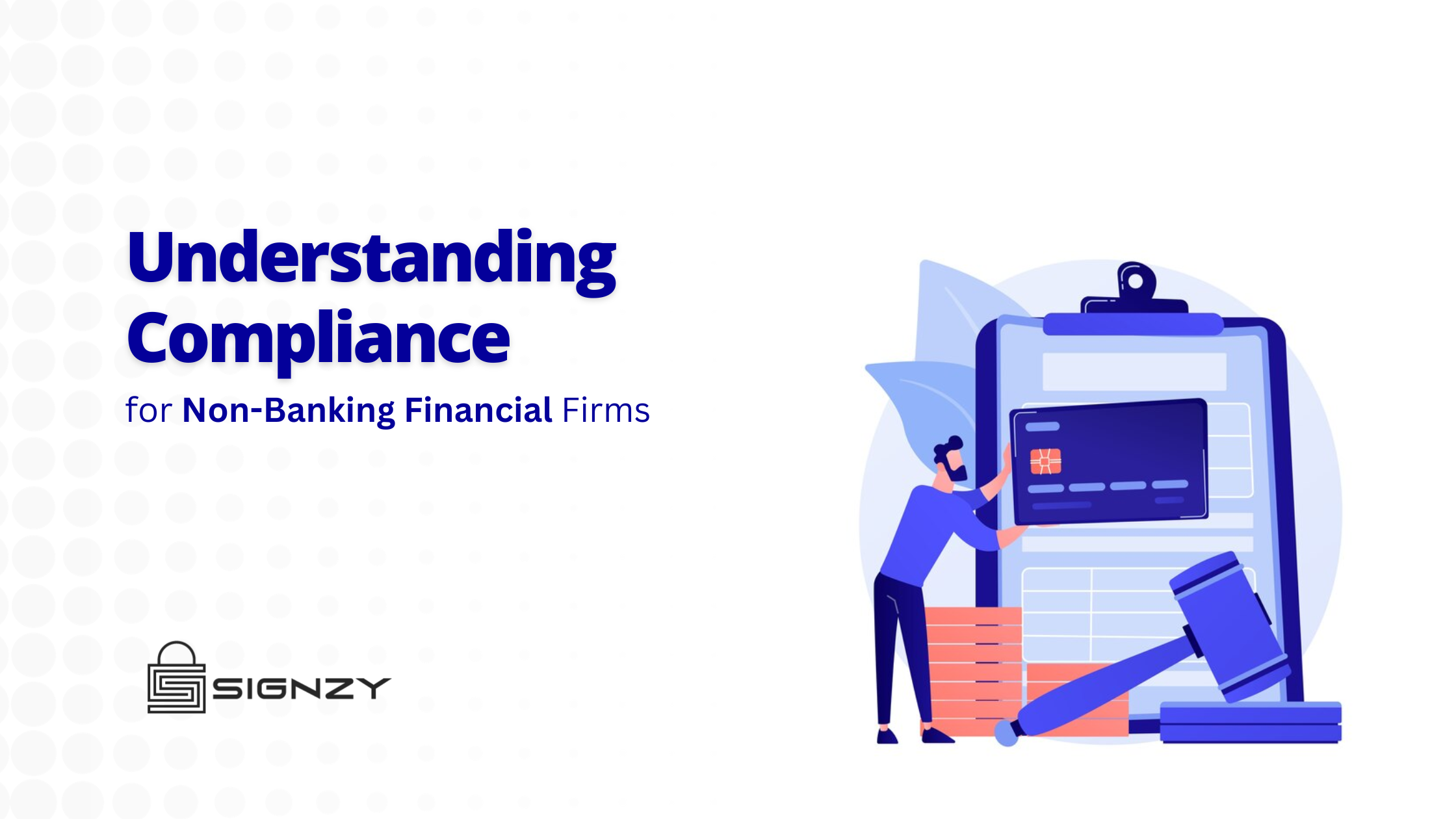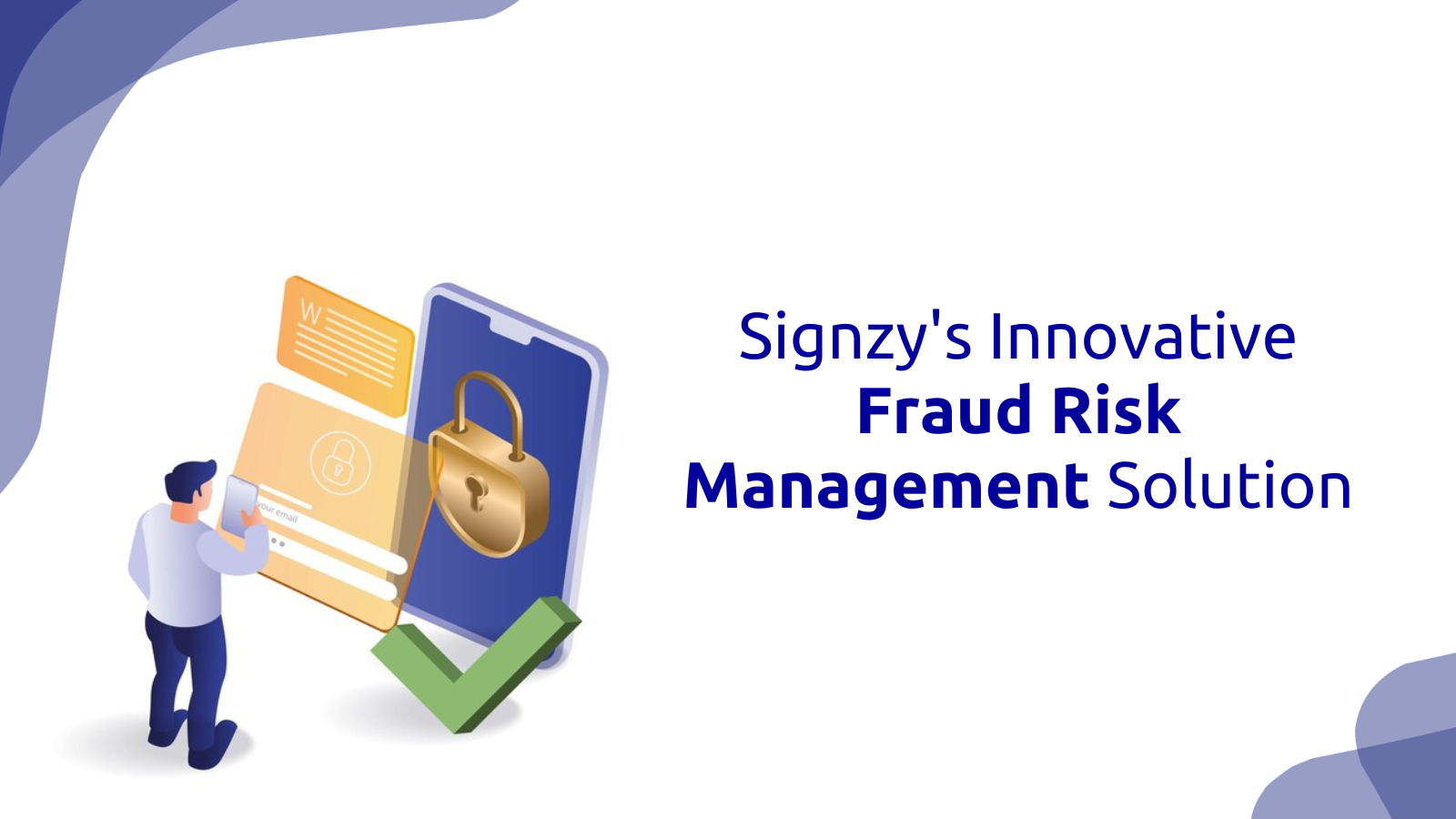Identity verification and Know Your Customer (KYC) processes have become integral to various industries, from banking to healthcare, to authenticate individuals’ identities and ensure regulatory compliance. In the past, identity verification predominantly relied on manual checks and physical documentation, making it time-consuming and inefficient.
However, with technological advancements and digital transformation, identity verification has evolved significantly. Adopting AI-powered solutions like facial recognition technology has revolutionized how organizations verify identities. This automated approach enables businesses to streamline their KYC processes by leveraging machine learning algorithms to compare an individual’s face against official documents or preregistered images.
Moreover, as fraudsters become increasingly sophisticated in their methods, traditional forms of identity verification are no longer sufficient. By implementing advanced technologies like Signzy’s Face-Match API into their workflows, institutions can enhance security measures while improving customer experience. This API harnesses deep learning techniques to match facial features within seconds accurately—an invaluable tool for preventing fraudulent activities such as impersonation or fake document submission.
Challenges Faced Before Facial Recognition Technology
In today’s digital world, where online transactions and remote access have become the norm, ensuring secure identity verification is paramount. Traditional methods like manual document checks and physical presence are no longer sufficient to combat fraud and maintain trust in the digital space.
The need for better security measures has arisen due to the increasing sophistication of fraudsters who continuously find new ways to deceive the system. Businesses are vulnerable to identity theft, impersonation attacks, and financial losses without robust security measures.
One of the major challenges without proper security measures is distinguishing between genuine customers and impostors. This can lead to unauthorized access to sensitive information or fraudulent activities that harm individuals and organizations. Additionally, manual verification processes are time-consuming, prone to errors, and not scalable enough for rapidly growing customer bases.
Furthermore, relying solely on traditional methods makes it challenging for businesses operating globally as they have different regulatory requirements across jurisdictions. The lack of a standardized approach often results in inconsistencies that criminals can exploit.
In recent years, there has been a growing emphasis on remote onboarding and digital transactions. As a result, organizations are now seeking seamless solutions that offer robust security protocols and streamlined user experiences. This balance can be achieved through AI-driven face recognition technology integrated via APIs like Signzy’s Face-Match API.
The evolution of identity verification is not just limited to enhancing security measures; it also drives operational efficiency by reducing costs associated with manual checks and paper-based documentation. With real-time face-matching capabilities offered by Signzy’s innovative solution, businesses can expedite customer onboarding without compromising accuracy or compliance requirements.
To address these challenges effectively, businesses need advanced technologies such as Signzy’s Face-Match API that leverages artificial intelligence (AI) facial recognition technology. This API ensures accurate identification while minimizing human error by comparing an individual’s live image with their registered ID photo or selfie taken during onboarding processes through AI algorithms.
What does Signzy’s Face-Match API Do?
Signzy’s face-match API is revolutionizing the way identity verification, and KYC processes are carried out. With advancements in facial recognition technology, Signzy has developed an API that streamlines these procedures like never before.
By integrating Signzy’s face-match API into their systems, businesses can ensure higher security when onboarding new customers or conducting transactions. The API compares the live image of a user with their ID document photo to verify their identity accurately and swiftly.
One of the key benefits of using Signzy’s face-match API is its ability to detect even the slightest discrepancies between the live image and the ID document photo. This helps prevent impersonation fraud and ensures that only legitimate users gain access to sensitive information or services.
Signzy’s face-match API also enhances user experience by providing a seamless verification process. Users can simply take a selfie or use their device’s camera for authentication, eliminating the need for manual data entry or cumbersome paperwork.
The applications of this technology extend beyond just banking procedures. Industries such as e-commerce, healthcare, travel, and more can leverage Signzy’s face-match API for efficient and secure customer onboarding.
Signzy’s face-match API offers a cutting-edge solution for businesses looking to enhance security measures while simplifying identity verification processes. This innovative tool holds great potential in combating fraud and ensuring trust in digital interactions by harnessing AI-powered facial recognition technology.
How Does Signzy’s Face-Match API Work?
It enables businesses to seamlessly match the face in an image or video with the photo on an individual’s ID document. By comparing facial features such as eyes, nose, mouth, and overall structure, the API generates a confidence score indicating the likelihood of a match.
This powerful tool comes with several benefits for banking procedures and customer onboarding. With Signzy’s Face-Match API, financial institutions can streamline their KYC checks by automating the identity verification process. By eliminating manual errors and reducing human intervention, this technology significantly improves efficiency while maintaining high levels of security.
One of the major advantages of using this advanced AI face recognition system is its ability to combat fraud effectively. The Face-Match API verifies if someone is attempting to use stolen or fake IDs by cross-referencing multiple data points and conducting real-time comparisons.
In today’s digital era, where cybercrime is rampant, robust fraud detection measures have become imperative for businesses across industries. Signzy understands these challenges well and offers comprehensive solutions like their Facial Match API to help organizations stay one step ahead of fraudulent activities.
With its seamless integration capabilities into existing systems, Signzy empowers businesses to enhance their security infrastructure without disrupting operations or inconveniencing customers.
The Need for Facial Recognition Technology
With fraudsters becoming increasingly sophisticated in their methods, traditional identity verification methods are no longer enough to combat fraudulent activities effectively. Facial recognition technology offers an added layer of security by leveraging unique biological features that cannot be easily replicated or manipulated.
In banking procedures, facial recognition technology powered by our API enables institutions to authenticate customers remotely. This means individuals can open accounts or access services without visiting a branch. With a simple selfie and an ID document scan, banks can verify customer identities swiftly while ensuring robust security measures are in place.
Furthermore, during onboarding, our Face-Match API streamlines identity verification by automating the comparison between a person’s live image and their government-issued photo ID. This helps organizations comply with KYC (Know Your Customer) regulations while enhancing user experience by reducing friction in the registration process.
By comparing live images with stored biometric data from authorized individuals’ IDs or databases, suspicious activities can be flagged in real-time. This proactive approach helps prevent unauthorized account access or fraudulent transactions before significant damage occurs.
How Signzy’s Face-Match API Helps You Fight Fraud
Fraud is a persistent and ever-evolving threat in today’s digital landscape. As technology advances, so do the methods fraudsters use to deceive businesses. Traditional identity verification methods, such as manual document checks, are no longer sufficient to combat this growing problem. This is where Signzy’s Face-Match API comes into play.
This advanced AI-powered system analyzes various facial features in real time and matches them against the photo on the ID document provided by the user. Doing so ensures that only genuine individuals gain access to sensitive information or perform high-risk transactions.
The benefits of using Signzy’s Face-Match API for fraud detection are numerous. It enhances security by eliminating reliance on easily forged identification documents. Fraudsters may attempt to use stolen or fake IDs during account creation or transaction processes but will be quickly detected thanks to this cutting-edge technology.
Furthermore, this API significantly reduces false positives and negatives when identifying potential fraudulent activity. Its accurate face-matching algorithms minimize errors in verifying customer identities while maintaining high efficiency and speed.
The Future of Identity Verification and Fraud Prevention
The future of identity verification and fraud prevention lies in the advanced capabilities of facial recognition technology. With its unmatched accuracy and efficiency, face-match API is revolutionizing how organizations verify their customers’ identities.
Gone are the days when traditional methods like manual document checks were enough to ensure security. Fraudsters constantly find new ways to deceive these outdated systems, making it imperative for businesses to adopt cutting-edge solutions.
With AI face recognition technology advancements, face-match API will continue to evolve and strengthen fraud prevention measures across industries. As cybercriminals become more sophisticated, organizations must stay one step ahead by leveraging innovative solutions.
Conclusion
By leveraging AI-powered algorithms, Signzy’s Face-Match API ensures accurate identification of individuals during onboarding processes. This streamlines the customer journey and helps organizations adhere to regulatory requirements while maintaining high-security standards.
Signzy’s Face-Match API is paving the way for more efficient and secure identity verification processes. As technology evolves at an unprecedented pace, solutions like this are crucial in ensuring trust between businesses and consumers in today’s digital world.
Embracing AI-based technologies such as facial recognition is no longer just an option; it is necessary to safeguard sensitive information while delivering frictionless experiences to users worldwide.







